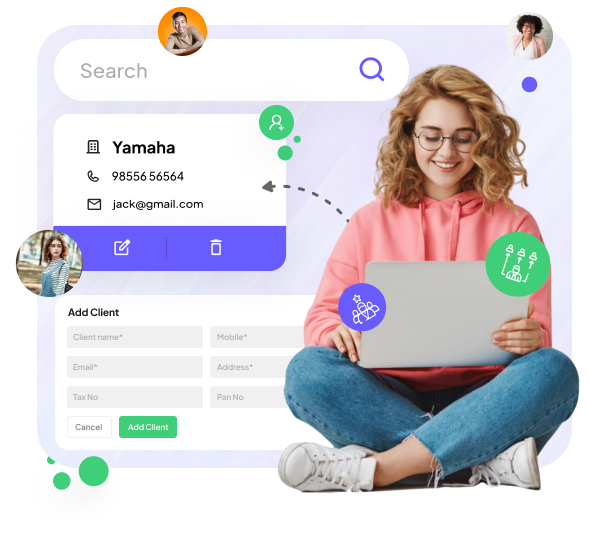Introduction
The most effective way to manage your customers and prospects is through a CRM system. A well-designed and managed CRM system will help you maximize existing resources and reduce costs.
Understand Your Needs
In order to create a successful CRM strategy, first you need to understand your needs. This can be done using the following steps:
- Understand your customer’s needs.
- Understand the needs of employees within your organization.
- Understand suppliers and other partners who are involved in creating products or services for your company. If there is an opportunity for collaboration between any two parties (e.g., suppliers), then this should be taken into consideration when establishing an effective CRM strategy that ensures success throughout all phases of its implementation process—including during its initial stages when it’s still being developed by internal teams while being tested out with external users before being rolled out across all departments within an organization as well as across multiple industries both large and small alike! To help ensure success at every level possible here again too
Select a Specialist
- Choose a specialist in your industry.
- Choose one who has a good reputation, and who can be trusted to deliver the results you need.
- Make sure that they have the right skills and experience for the job, as well as being easy to work with -there’s nothing worse than dealing with an employee who makes you feel like they’re on another planet all day long!
Choose the Right Tools
Choosing a CRM tool is a big decision, so it’s important to make sure you choose the right one for your business.
- Choose the right tools for your team—this is critical. A good CRM will help you keep track of all your employees so that they can work better together and have more efficient communication.
- Choose the right budget—you don’t want to go over budget on software and licenses just because something looks cool or appealing in an ad! Try asking yourself some questions about how much money will be spent on this project and whether there are other expenses that might need cutting back now or later on down the road (like marketing).
- Choose what works best for you as an organization/personality type—there are lots of different ways people use CRMs, but having one person buy it could lead others not knowing how great their job would feel if they had access too!
Make it Easy to Use
When it comes to creating a CRM strategy, make sure that your employees can easily use the system. You should be able to access their data from anywhere and at any time, so they don’t have to wait for someone else (or their manager) in order to get the information they need. In addition, make sure that everyone understands how the system works by providing training on its features and benefits before implementing it into your business operations.
Make sure that anyone who has access has an easy way of accessing the data within their account as well a common mistake is when people forget about basic things like login credentials, so make sure all users know where those are located!
Make it Fast and Simple
A good CRM strategy should be easy to access from anywhere, and the best way to do this is by making it fast and simple to find what you need. This means making sure your interface is intuitive and user-friendly. You want customers or prospects Who are looking at your website or app on their phones or tablets will be able to easily navigate through it on their own, without having to ask anyone else for help.
Another thing that makes a good CRM strategy is its ability to access data quickly, which also helps keep costs down as well as allowing data analysis tools like Google Analytics or Adobe Advertising Cloud connect directly into the system instead of being processed separately (which can sometimes cause delays).
Finally, make sure that all updates happen automatically when they’re needed so there won’t be any lag time between when something changes internally Vs externally visible changes made by employees working remotely – especially if those employees travel frequently between offices across town/state lines!
Train Staff in the Process
- Train staff in the process and make them part of the team.
- Make sure they understand the process, as well as how to answer questions from others.
- Ensure that your team members are able to help solve problems for customers or colleagues, as well as answer any concerns about their work processes.
A Well-Designed and Managed CRM system will Help you Maximize Existing Resources and Reduce Costs.
It’s easy to think of CRM as a cost center, but that’s not always the case. In fact, a well-designed and managed software suite can actually help with an organization’s bottom line by increasing efficiency, saving money in areas like customer acquisition costs (CAC), reducing customer churn rates, streamlining business processes across departments or even just simplifying operations overall.
With this in mind we’re going to cover four reasons why implementing an effective CRM strategy should be at the top of your list.
Conclusion
The key take away from this article is that a well-designed and managed CRM system can help you maximize existing resources, reduce costs, and ensure that your business runs smoothly. If you’re looking for a new CRM strategy or want to improve on the one you currently have, contact us now!
